Australian animals and wilderness that you’ve never heard of Well isolated and hidden from the rest of the world, Australia his home to a lot of unique creations of the almighty. Though native to the country these creatures are spotted very rarely in the wild unlike the Koalas and the Kangaroos.

1. Tiger Quoll
Also known as the spotted tail quoll, spotted tail dasyure, or tiger cat, it is a carnivore marsupial which belongs to genus Dasyurus. Said to be the largest in the quoll family, the tiger quolls can be found in the eastern regions of Australia. Quolls can live in a varied climate but they prefer the wetlands especially the rainforest more than anything. The quolls feed on insects, crayfish, snake, lizards, birds, small wallabies, and a lot more. The quolls, in turn, are preyed by the Tasmanian Devil, masked owls of Tasmania, dingos, and dogs when they are spotted in the mainland.
2. Echidna
Also known as spiny anteaters the echidna and platypus are the only known egg-laying mammals of the order Monotremata. The echidnas resemble anteaters of South America and other spiny mammals such as porcupines and hedgehogs. This explains their other name spiny anteaters. Their elongated snouts help them till the soil and prey on ants and termites. Echidnas can’t tolerate extreme temperatures they prefer living in caves and rock crevices, to protect themselves from predators and to tackle harsh climates. Echidnas are found all over Australia’s forests and woodlands. They are also capable swimmers. They enter the waters to bathe and groom themselves.
3. Sugar Gliders
Sugar Gliders are small, omnivorous animals belonging to marsupial infraclass. They feed on sweet foods such as nectar and sap. They have a membrane that extends from their forelimbs to the hind limbs which help them glide. The gliding helps them to reach the food and also to evade the predators. They resemble the flying squirrels in many ways but are not closely related.
4. Dugongs
Dugongs are medium-sized herbivore marine mammals. They are spotted along Indo-West Pacific regions and in the northern waters of Australia, especially in the Shark Bay and Moreton Bay. With a lifespan of 70 years or more and a slow rate of reproduction, they are classified as vulnerable to extinction due to hunting and habitat destruction. They were hunted by poachers for their meat and oil.
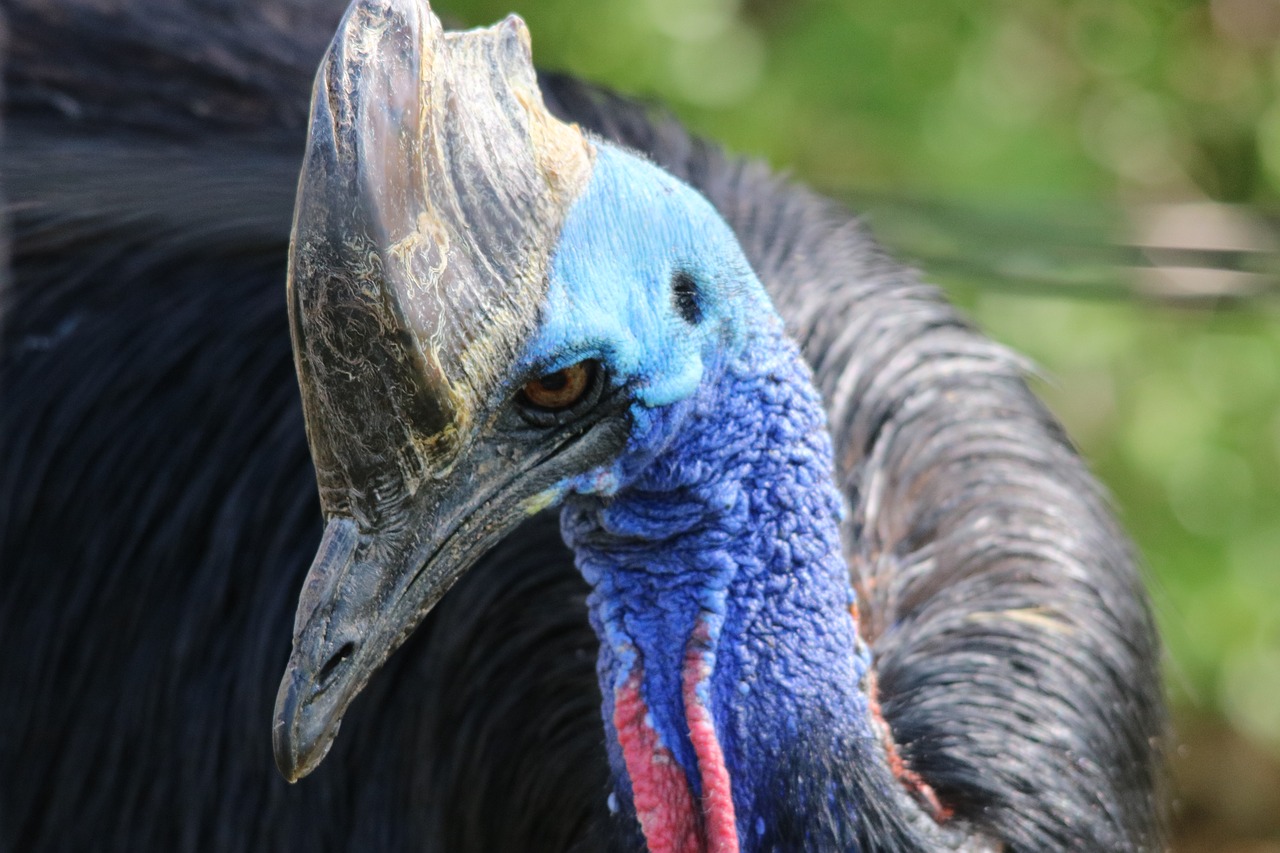
5. Cassowary
Cassowaries are flightless birds with black feathers that are native to the tropical forests in the north-eastern parts of Australia and New Guinea. They are the third largest and second heaviest living bird. Though they are shy and calm, their attacks are fatal when provoked. More often they are termed as ‘The most dangerous bird in the world’.
6. Wombat
Wombats are short-legged marsupials native to south-eastern Australia. They are muscular in nature. They are highly adaptive and habitat tolerant in nature. Wombat has stubby tails and can live up to 30 years. They are extensive diggers and create burrows with their font teeth like that of rodent and powerful claw. Unlike kangaroos, wombats have a pouch at the back of their body, this adaptive feature protects their pouch from getting soiled, thereby protecting their young ones in it, when they are digging.
7. Bilby
Also known as greater bilby or rabbit-eared bandicoot, they are small long-eared burrowing animals native to Australia. They have a prominent snout, long hairless ears, and are white-bellied. Bilby is also, intelligent creatures who build spiralled burrows making it difficult for the predators to reach them. They are omnivorous and prey on small insects and also on seeds and plant bulbs. They restrict their habitat to arid areas and are threatened species. A national recovery program has been set up to re-establish their colonies.

8. Pademelon
Though pademelons resemble kangaroos and wallabies a lot they are much smaller and live in the forests of Australia and also on the coastal area of Queensland and New South Wales. Once upon a time, they were hunted by settlers for their fur and meat and now their existence is threatened by predators and land clearings. With the less availability of fodder which is fed by three other species, rabbits, kangaroos and wallabies, the pademelons don’t get enough food to support their families.
9. Kookaburra
They are small singing birds with indistinct laughing calls. They are called the terrestrial tree kingfishers. These birds are generally found in Australian bush forests and tropical forests. Their calls are recognized by the locals as they sound very similar to that of human laughter. They are carnivorous birds which feed on mice, snakes, insects and small reptiles, unlike the common trait of other kingfishers, they very rarely feed on fish.
10. Quokka
The quokkas are small smiling herbivorous marsupials. They are generally found on the smaller islands off the west coast of Australia. They feed on grasses, sedges, and leaves, and they have high water requirements and quench by feeding on the vegetables. Quokkas are said to be the happiest animals because of their ever-smiling face. They have a stocky build with rounded ears, well developed hind legs to support they’re stocky built, rounded ears, and a broad head which is short.
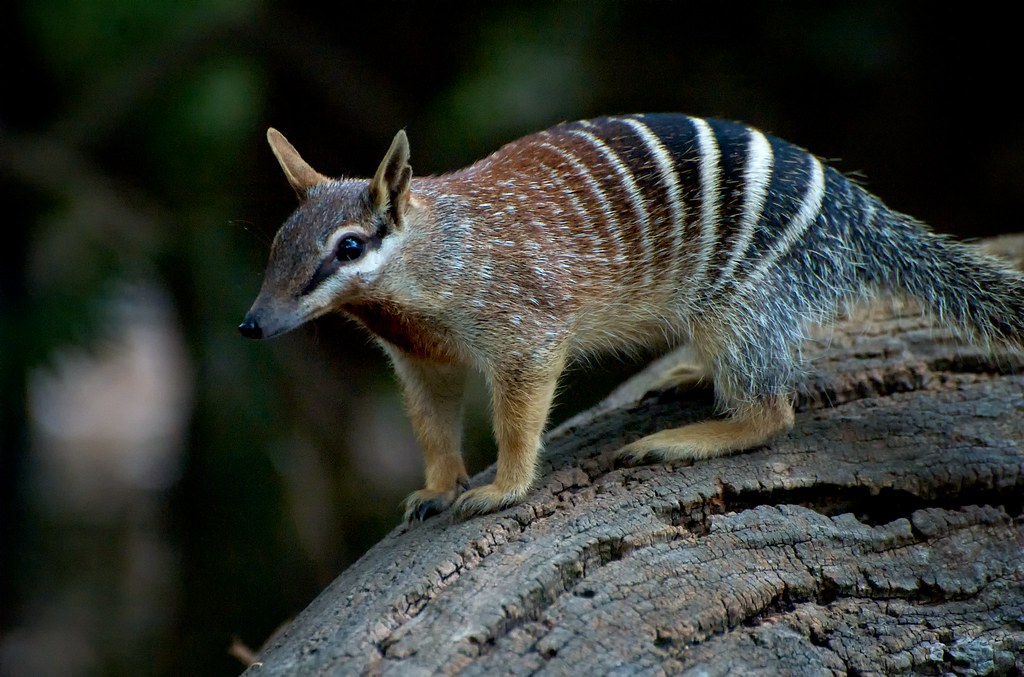
11. Numbat
Also called the banded anteaters, walpurti, or noombat. They are marsupials found in the open woodlands of Australia. They are long-tailed ant eaters mostly found in solitary and are on the verge of extinction. Numbat has no pouch and the mothers carry their young ones in their stomachs and take shelter in hollow logs at night to protect themselves from the predators. They are small spotted creatures with a bushy tail. This wilderness is native only to Australia.
12. Wallaby
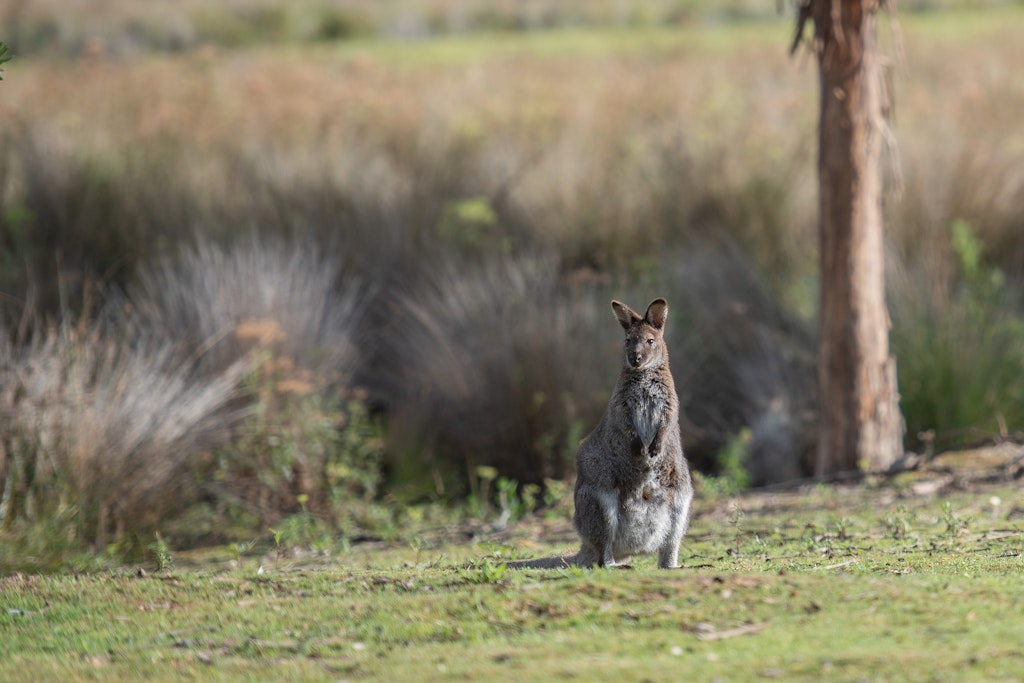
The word “wallaby” is something of a catch-all. Because of their small size, wallabies were once the victims of exotic predators, including foxes, hounds, and house cats. Today, thanks to concerted efforts by conservationists, wallaby populations across Australia have rebounded. For so many different types of wallaby, scientists have to come up with inventive names to tell them apart.
Did you know there are about thirty species of wallaby in Australia? However, the best definition anyone can come up with is ‘a marsupial that’s smaller than a kangaroo or a wallaroo’. If you ever find yourself in Australia, keep an eye out for the bridled nail-tail wallaby, the dusky pademelon, and the monjon.
13. Koala
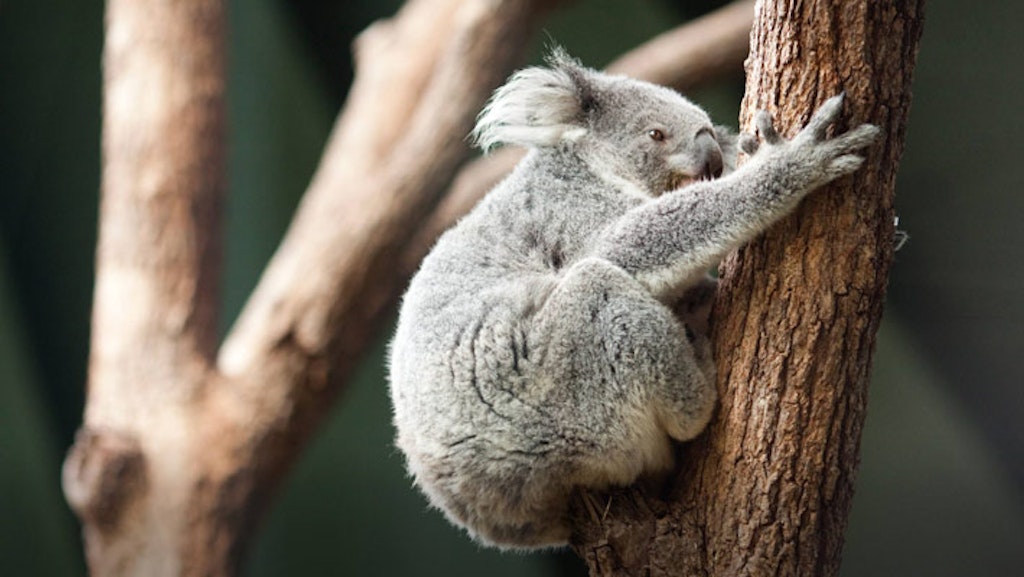
The cuddly but territorial koala proves the common phrase that looks can be deceiving. If koalas had their druthers, they’d happily spend all day chomping on eucalyptus leaves in the treetops. Koalas demonstrate territorial is not the same thing as aggressive. These fuzzy little marsupials live entirely on eucalyptus, a plant that’s toxic to most other animals.
But, koalas have built special defenses against the toxins in eucalyptus. However, the still low nutritional content in leaves may create a slight narcotic effect despite the koala’s evolutionary adaptations. Koala is a creature that eats until it sleeps and then sleeps until it eats. They spend 16-18 hours per day motionless and 3-5 hours per day eating. Do seek out to see this special creature, as it is one of the most unique animals of Australia.
14. Dingo
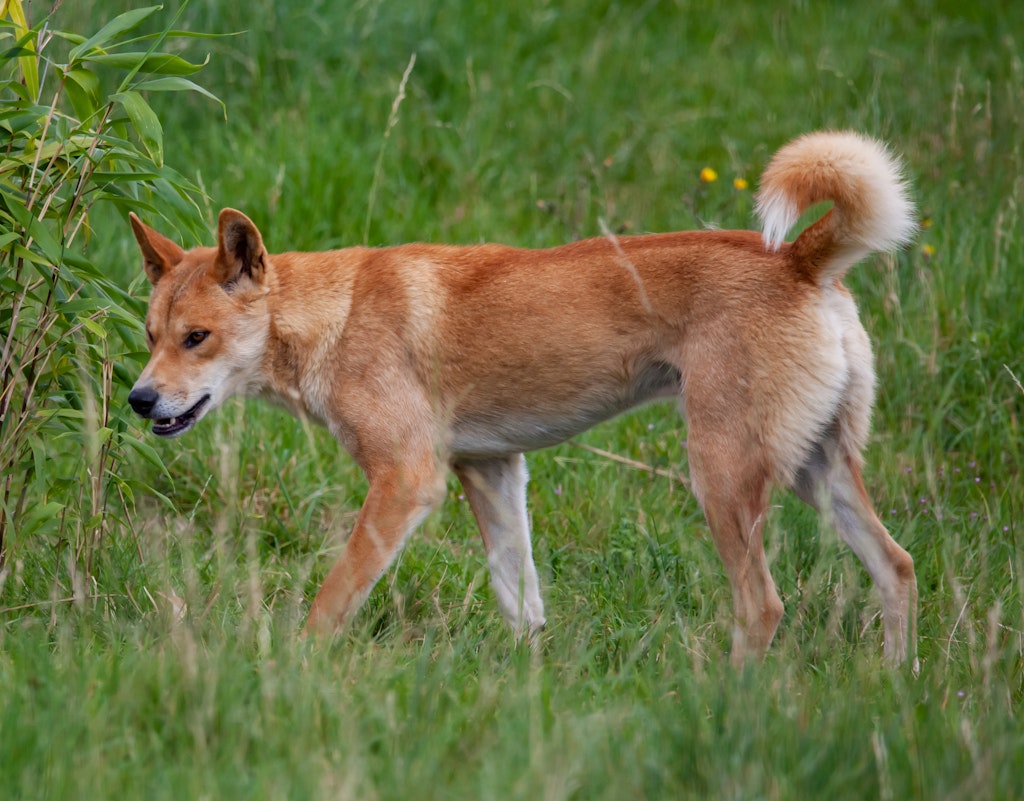
Did you know Dingo is Australia’s largest predator? This creature is also known as the “warrigal”. If you are a dog lover, you will surely love these blond-colored canines. Also, domesticated dingoes are kept as pets throughout the country. However, dingoes were once viewed as congenital pets. As a result, Australians went to extraordinary measures to eradicate them. The Dog Act of 1852 emphatically encouraged the eradication of native dogs and strengthened an entire country on dingo hides. But herders continued to lose their livestock to the dingoes.
As a result, the herders and their political allies resorted to poisoning dingoes near Australia’s southeast population centers. This, not being enough for the herders, in 1885, they completed the Dingo Fence. This fence was a series of barriers stretching from the Darling Downs region outside Brisbane and to the Eyre Peninsula on the Great Australian Bight. Covering a stretch of 3,488 miles, the Dingo Fence is among the longest manmade structures on Earth. Keeping this history aside, today, humans interact with dingoes more humanely.
15. Wallaroo
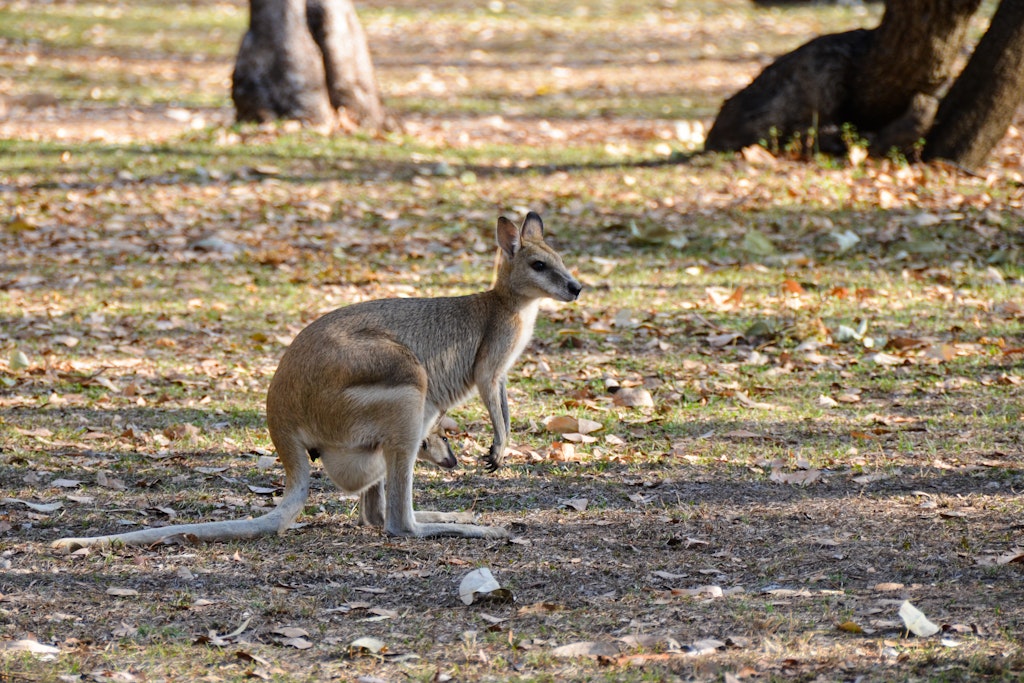
You will always find a wallaroo somewhere between a wallaby and a kangaroo. Barely distinguishable from their larger and smaller cousins, you can pick out a wallaroo by paying attention to their forelimbs and shoulders. No matter how much similar wallaroos are to kangaroos and wallabies, their actions seem to differ. Wallaroos tend to keep their “hands” in one spot, with their elbows tucked in close to their bodies and their shoulders thrown back.
Just like kangaroos, wallaroo mothers keep their babies in their pouch. Did you know the young ones, called joeys, can nurse? Contrary to kangaroos, wallaroos live alone throughout their entire adult lifetimes. Moreover, while kangaroos spend most of their days in the open expanses of the Australian Outback, wallaroos seek shelter from the heat in cool caves.
16. Kangaroos
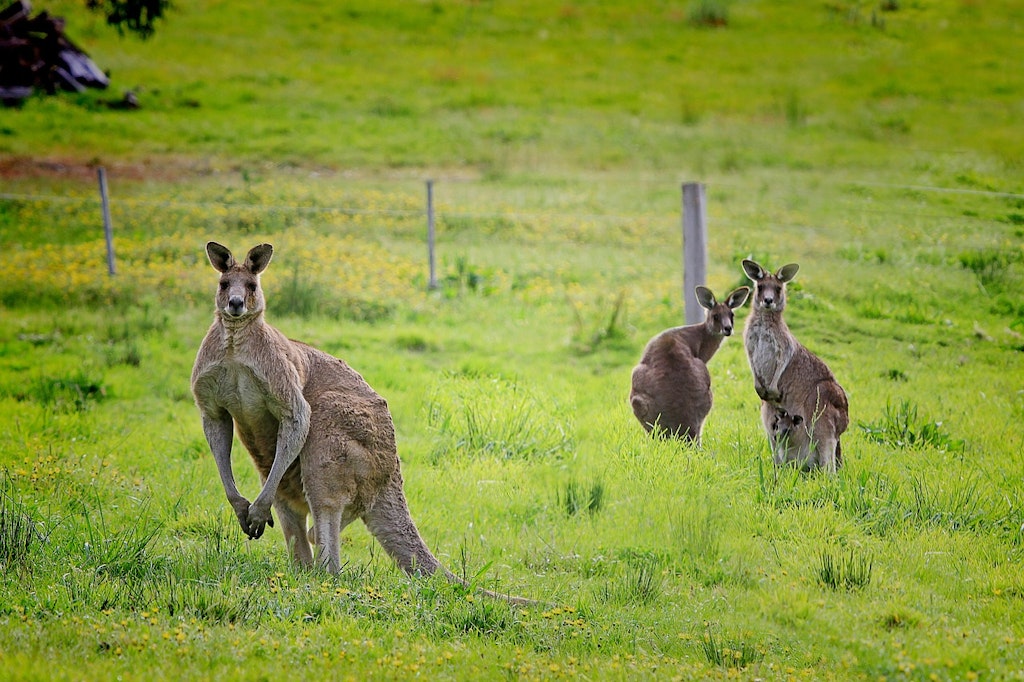
Obvious, right? As soon as you start thinking of Australia, I am sure the pretty kangaroos would have crossed your mind. It is endemic to Australia and is one of the red kangaroo species which is also known as the surviving marsupial of the world. These 6’7 tall creatures can be found in nearly all Australian wildlife sanctuaries & zoos. And make sure you get a chance to feed these kangaroos which could be the ultimate highlight on your Australian vacation.
Tips for Your Australia Tour
- Learn the local language. Aussies speak English, but it’s better to catch up with some common Australian terms.
- Summer is different right across Australia. Each Australian city offers a different type of summer. Regardless of that, do wear plenty of sunblock wherever you are.
- You will not see wildlife everywhere, nor is everything deadly. The hopes of seeing kangaroos and koalas roaming the streets are unrealistic. Many creatures in Australia can be very dangerous, but they are not deadly.
- Don’t smoke when you are in Australia. It is not a cheap habit at all. One packet of cigarettes will set you back $40 (£22), so don’t forget to save your pockets.
- Be prepared to go offline. You can experience slow and expensive internet in some areas of Australia. Buying yourself a hotspot to take around with you is the best and the cheapest option.
So nature lovers why delay? pack your bags and plan your vacation to Australia with pickyourtrail to see Australian Animals and enjoy this lovely wildlife with our Australia tour packages.
Explore Our Best-Selling Australia Tour Packages
Australia Honeymoon Tour Packages | Australia Family Packages | Australia Beach Holiday Packages | Australia Adventure Packages
Explore Other Articles Related to Australia
Why Visit Australia | Iconic Australian desserts | Australian wine trails | Vegetarian Restaurants in Adelaide | Australian quokka | Northern Territory Australia
Related Itineraries

Fun-Filled Austria Tour Packages: Explore the Best in 12 Nights
- Flights excluded
- 3 star accommodations
- 6 activities
- Shared transfer
₹ 2,28,997
Starting price/person
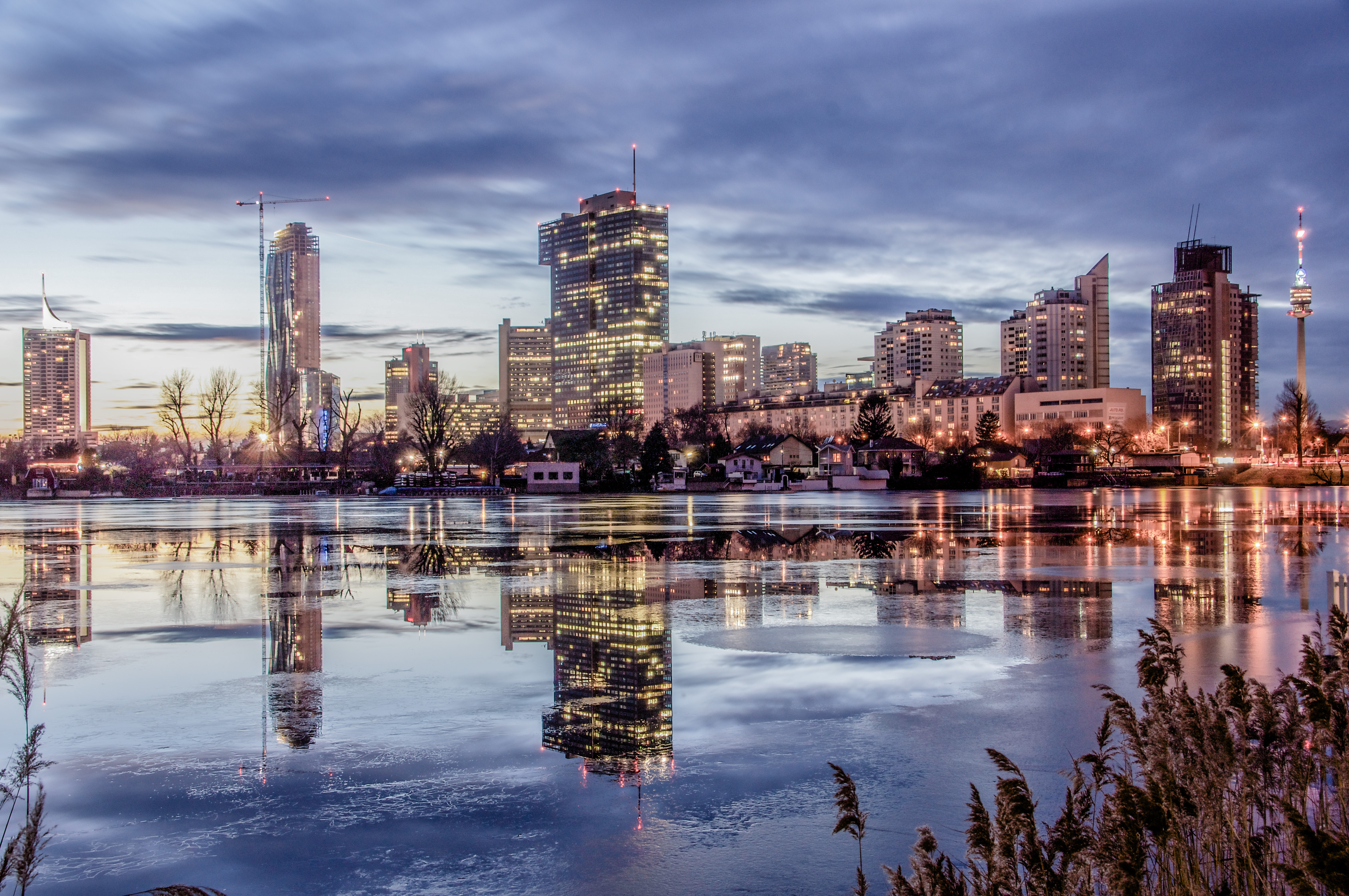
Stunning Austria Holiday Package: Unforgettable 6 Nights from India
- Flights excluded
- 3 star accommodations
- 5 activities
- Shared transfer
₹ 95,898
Starting price/person

Romantic Austria Honeymoon Packages: 16 Nights, 17 Days from India
- Flights excluded
- 1 star accommodations
- 15 activities
- Private transfer
₹ 2,43,614
Starting price/person
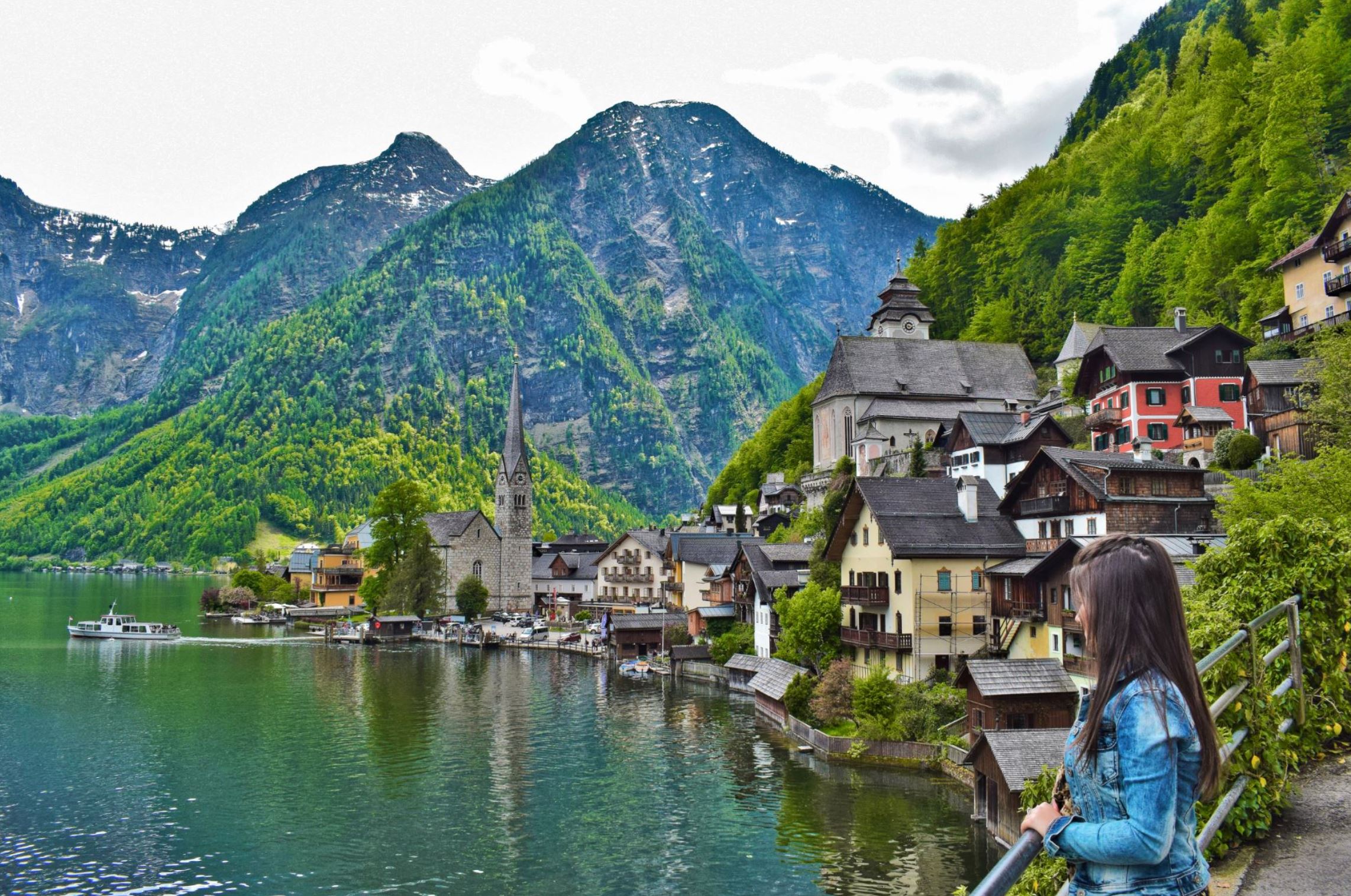
Ideal 6 Nights, 7 Days Austria Holidays: A Memorable Experience
- Flights excluded
- 1 star accommodations
- 5 activities
- Shared transfer
₹ 1,36,329
Starting price/person

Spectacular 11 day Eastern Europe Trip from India
- Flights included
- 4.5 star accommodations
- 6 activities
- Private transfer
₹ 94,847
Starting price/person

Epic Austria Honeymoon Package: 9 Nights of Unforgettable Bliss
- Flights excluded
- 3 star accommodations
- 6 activities
- Shared transfer
₹ 1,31,961
Starting price/person
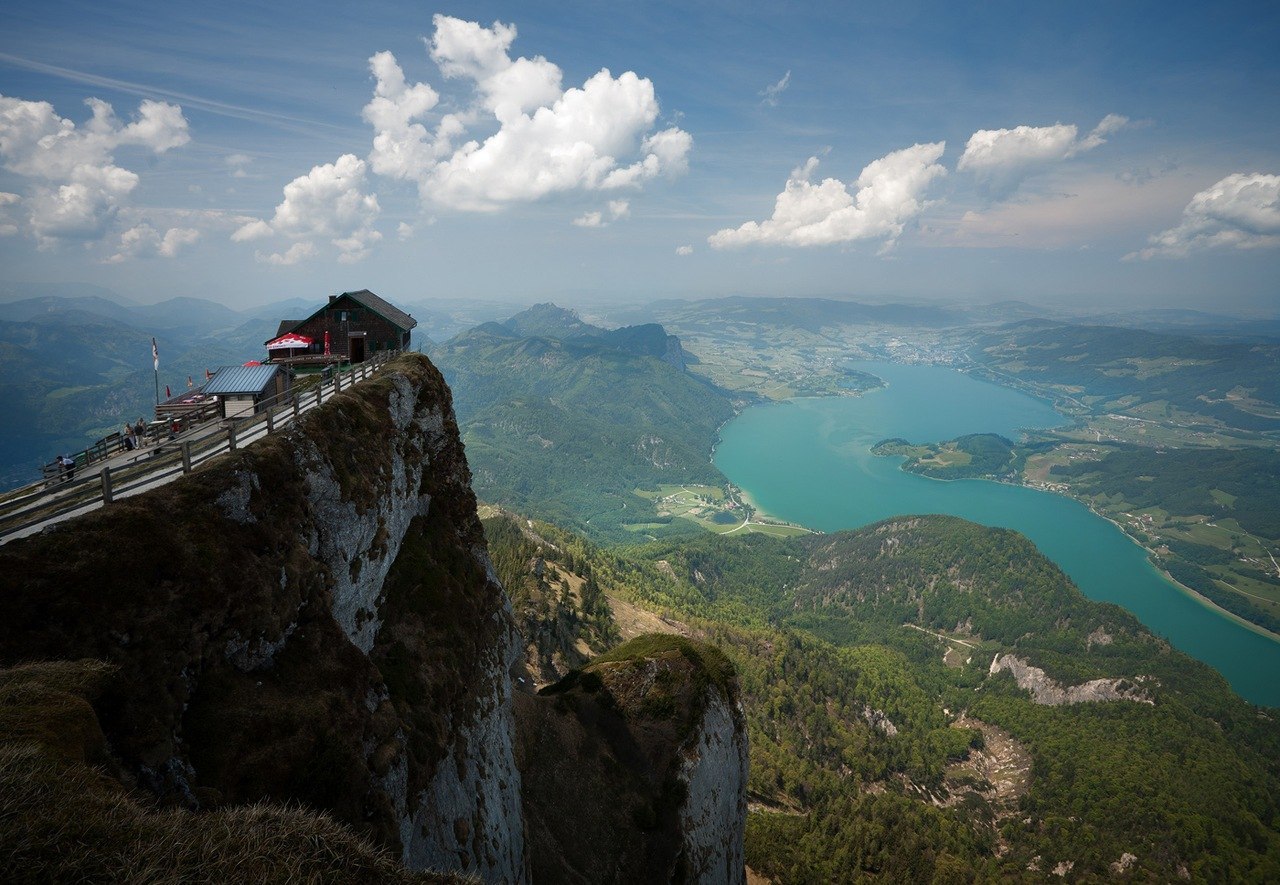
All-Inclusive 6 Nights, 7 Days Austria Vacation Packages: Unwind and Explore
- Flights excluded
- 3 star accommodations
- 6 activities
- Shared transfer
₹ 2,25,552
Starting price/person

Scenic Austria Prague Budapest Itinerary: 9 Nights of Captivating Beauty
- Flights excluded
- 3 star accommodations
- 3 activities
- Shared transfer
₹ 88,826
Starting price/person

10 Nights Amsterdam Austria Switzerland Itinerary: A European Adventure
- Flights excluded
- 4 star accommodations
- 6 activities
- Private transfer
₹ 3,30,678
Starting price/person
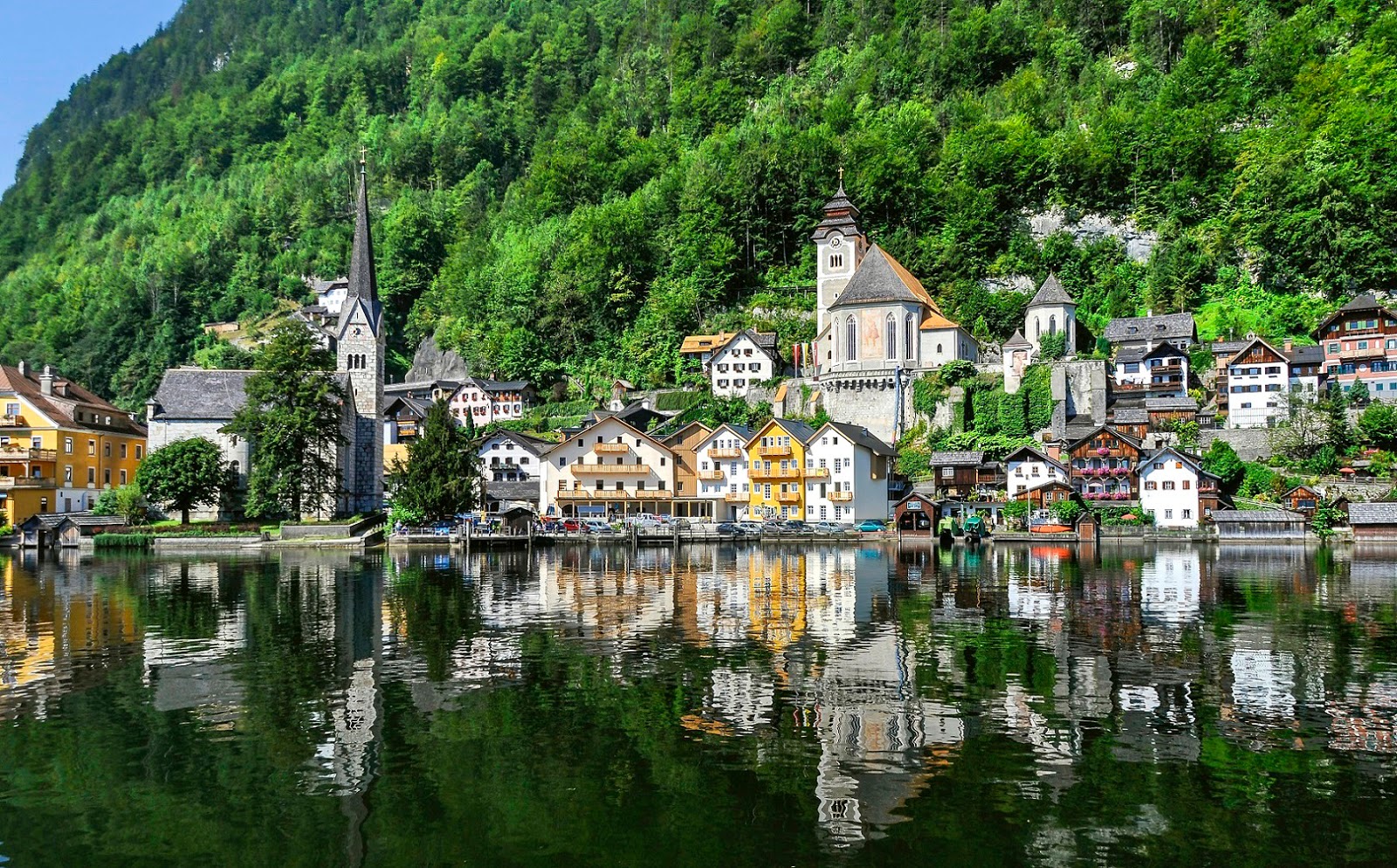
Perfect 13-Day Packages to Austria from India: Discover the Magic
- Flights excluded
- 3 star accommodations
- 3 activities
- Private transfer
₹ 2,14,242
Starting price/person



